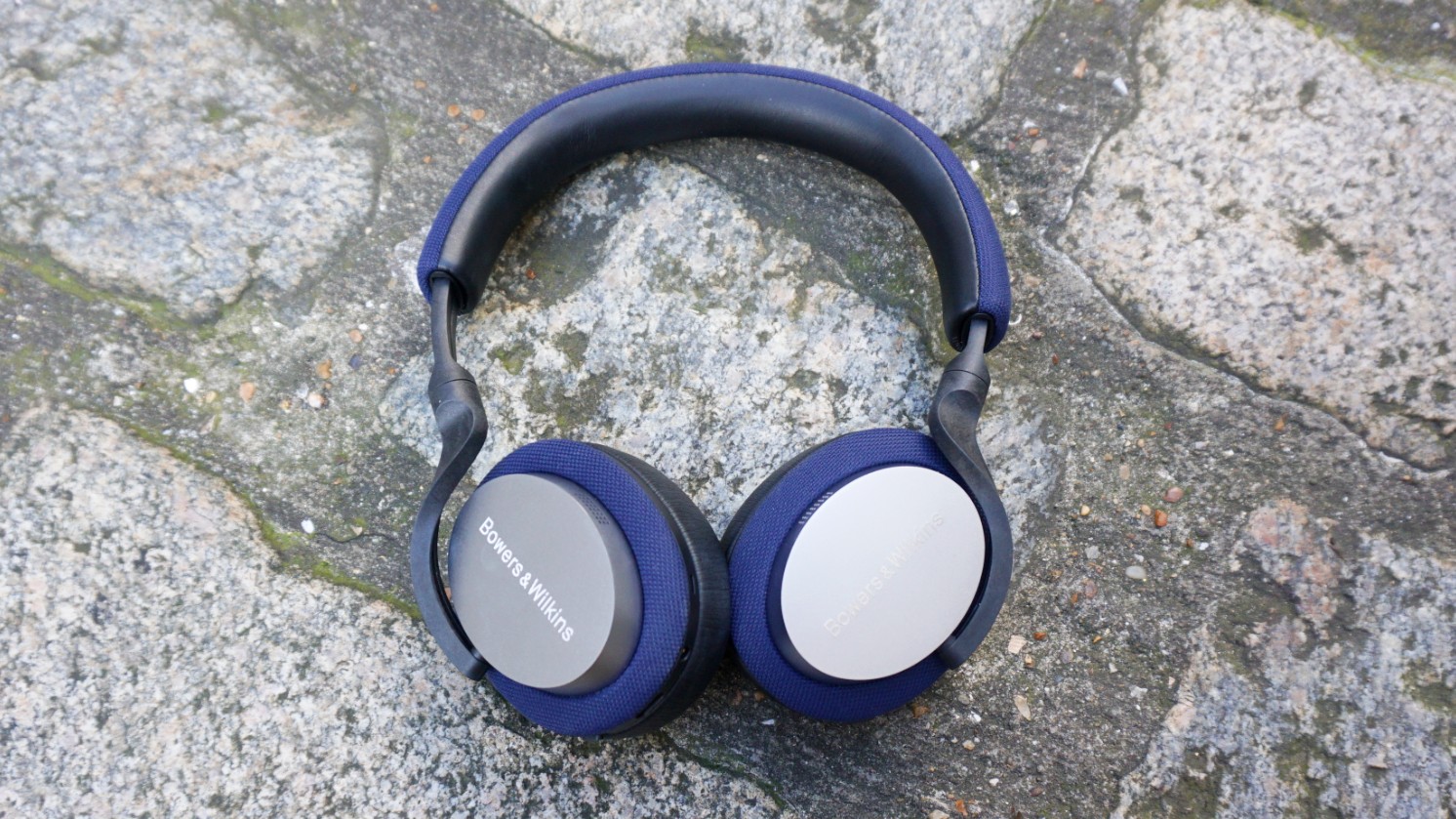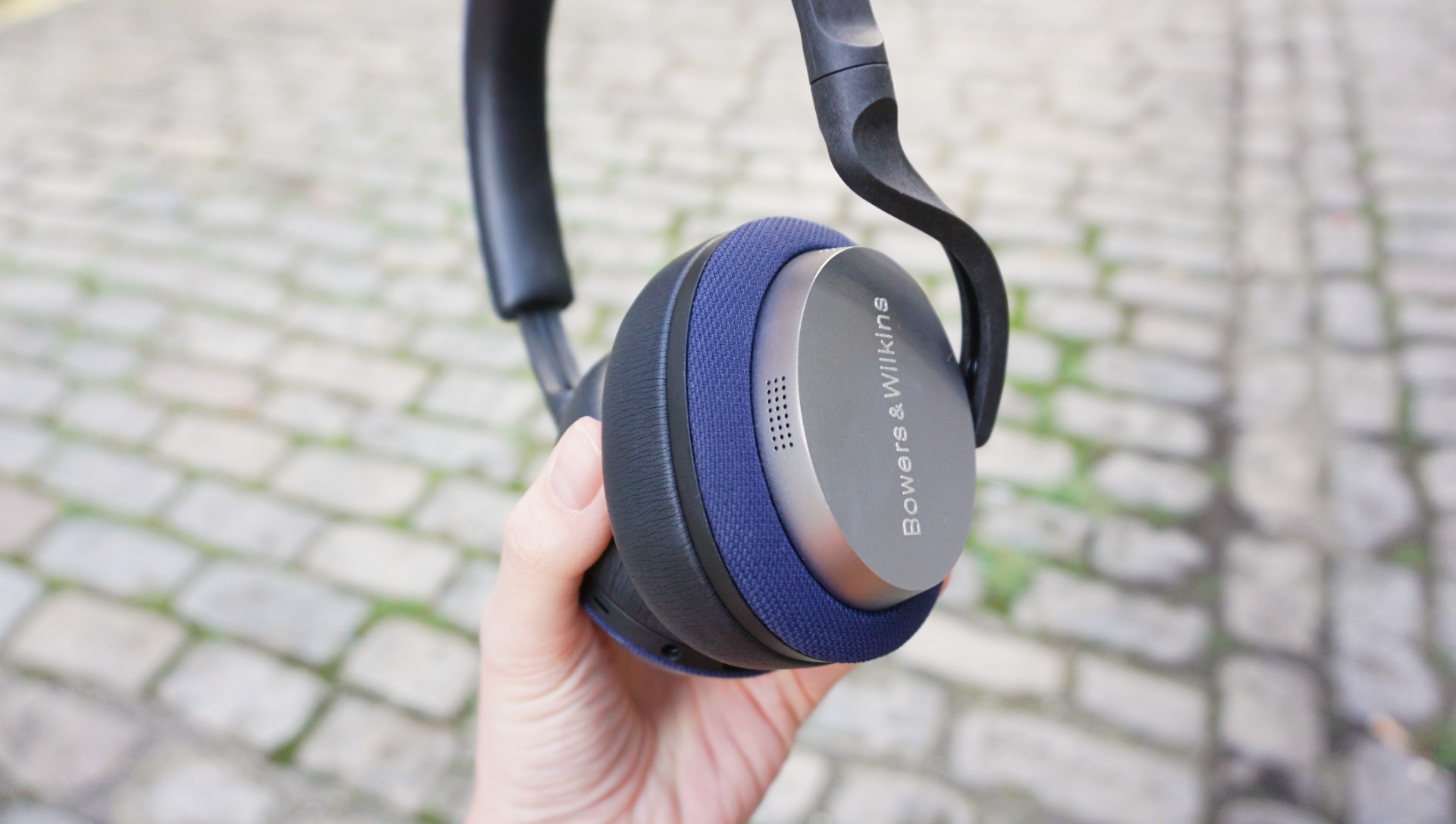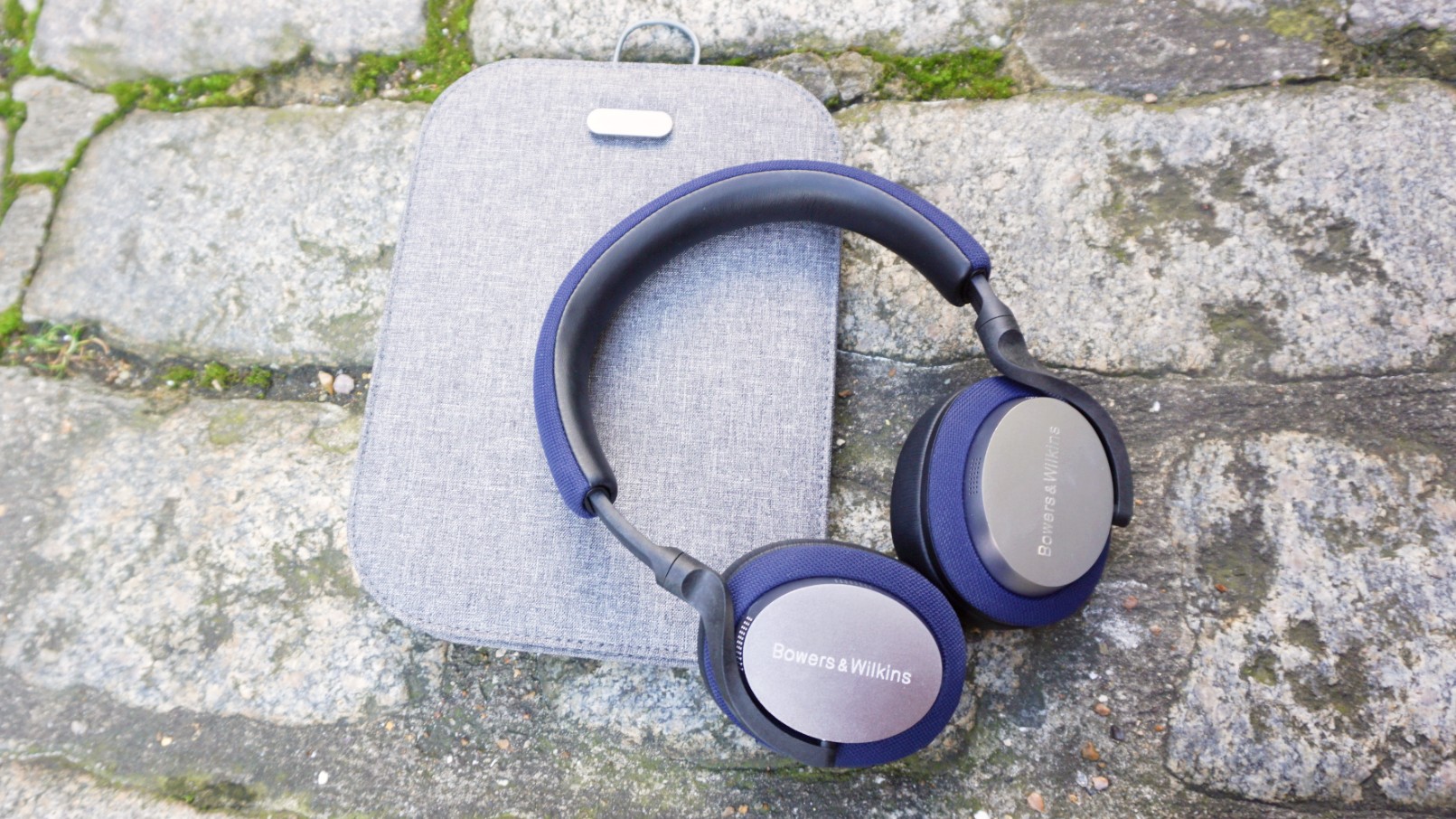TechRadar Verdict
There’s a lot to love about the PX5; they sound great, look fantastic, and support for aptX Adaptive means that latency issues when watching video or playing games is a thing of the past. They’re pretty pricey though, and the noise cancelation could definitely be stronger.
Pros
- +
Lightweight design
- +
Great sound quality
- +
Support for aptX Adaptive
Cons
- -
Fairly expensive
- -
Noise cancelation could be better
Why you can trust TechRadar
Bowers & Wilkins have just released no less than four new wireless headphones – and its PX5 Wireless on-ear headphones are aimed at users that want the immersive sound of over-ears without the bulk.
Kitted out with Qualcomm's aptX Adaptive audio codec, which is designed to deliver low latency Hi-Res Audio, they're among the first headphones to sport the technology.
With noise cancelation, 25 hours of battery life, and support for Hi-Res Audio, you can expect to see the PX5 on our roundup of the best on-ear headphones of 2019; read on for our full review.
Price and availability
Available to buy for $299.99 / £269.99 (around AU$440), the PX5 Wireless On-Ear Headphones aren't the cheapest headphones we've seen, but they're cheaper than Bowers & Wilkins' flagship model, the PX7 Wireless Over-Ear Headphones.
For comparison, our current favorite on-ear headphones, the Grado SR60i, come in at under $100 (or under £80 / AU$150) – that’s not to say that this style of headphones inherently come cheap, though.
For example, the Master and Dynamic MW50+ come in at an eye-watering $449 / £399 (about AU$600).

Design
While these aren’t the priciest model in the new PX range, the PX5 look and feel very luxurious, with the attention to detail we’ve come to expect from premium Bowers and Wilkins headphones.
Sign up for breaking news, reviews, opinion, top tech deals, and more.
As on-ear headphones, the Bowers & Wilkins PX5 Wireless On-Ear Headphones represent a happy medium between bulky over-ear headphones and compact earbuds, with the cushions sitting on, rather than over, your ears.
Bowers & Wilkins say that they're designed for people who are constantly putting their headphones on and taking them off again – for example commuters who want to be able to stow their cans i n their bag at a moment's notice.
We found that their compact design made the PX5 very convenient when we took them on busy trains and buses, and we’d certainly recommend them to commuters.
According to Bowers & Wilkins, the design of the PX5 is “inspired by race cars,” with woven carbon fiber-composite arms giving them the flexibility to sit on your ears, around your neck, and in your bag without falling victim to everyday wear and tear.

They look very sleek indeed, with the logo-embossed metallic housings contrasting beautifully with the woven headband and leather memory foam earcups (note, these headphones aren’t suitable for vegans). We tested the sporty blue model, but they also come in black for all your traditionalists out there.
While the carbon fiber-composite build makes the PX5 incredibly lightweight, these cans did feel tightly-clamped on our ears at times; this is a common problem with on-ear headphones, but the PX5 aren’t the worst offenders in this regard.
On the left earcup you’ll find a button to control the level of noise cancelation, while the right earcup houses buttons to control Bluetooth connectivity, volume up/down, and play/pause controls.
The right earcup also features a micro-USB port for charging the headphones, as well as 3.5mm audio jack should you wish to listen with a wired connection.

Features and battery life
Like other models in the new headphones range, the PX5s use Qualcomms' aptX Adaptive codec, which Bowers & Wilkins says delivers "robust, low latency high-resolution wireless" listening, switching seamless between video and audio optimization.
This means that the headphones operate with low latency when you're watching videos or playing games, avoiding that annoying lag between audio and visual that sometimes occurs over Bluetooth, while also delivering Hi-Res Audio when you're simply listening to music.
We used these headphones while watching videos and playing games on our smartphone, and we didn’t experience any issues with latency, and found that audio and video were always perfectly synced, even when listening over a Bluetooth connection – the PX5 are definitely good headphones for mobile gamers.
Four different noise cancellation modes means that you can choose just how much sound you want to block out, with the ability to choose between off, low, high, and auto modes.
Even on the highest setting, we found that the noise cancellation didn’t quite block out our environment entirely: using the PX5 on the noisy London Underground, a substantial amount of noise leaked through the cans.
The on-ear design of these cans means that they won’t block out environmental sound as adeptly as over-ear cans that provide better passive noise cancellation – in other words, their larger earcups physically block noise from reaching your ears.
In terms of battery life, you get 25 hours of playback, and will provide you with three hours of playback from a 15-minute quick charge – not bad for noise-canceling headphones (which can be quite power-hungry). It’s not quite as good as the Sony WH-1000XM3, but it’s more than enough to get you through a week’s worth of commuting.

Sound performance
Overall, the PX5 Wireless On-Ear Headphones sound fantastic, with a detailed, natural-sounding profile – as they have slightly smaller drivers than the flagship PX7, they may not sound quite as powerful, but it’s a small trade off if you want that compact design.
In St. Vincent's Saviour, plucked guitar sounded woody and warm, while bass-heavy dampened piano riffs provided a rollicking low end that never bled into the other frequencies.
Meanwhile, St Vincent's iconic vocal was given plenty of room to expand and resonate across the mix by these high-fidelity cans, adding to an already lively and enjoyable listen.
Bass frequencies are warm and well-balanced; in Michael Kiwanuka’s You Ain't the Problem, meandering bass lines complement distorted guitar lines, and Kiwanuka’s dulcet vocal without overpowering the complex hand drum rhythms.
Future Islands’ Waiting on You is similarly well-balanced, as tangy synth stab-chords punch through driving bass lines; vocals are rich and assertive.
The soundstage feels quite open and expansive, lending itself to chilled out electronic tracks like Jon Hopkins’ Sleepwalker, with bubbling synths and resonant video game-style keys.

Final verdict
If you’re looking for compact headphones that will suit your commute, without skimping on audio fidelity, the Bowers & Wilkins PX5 could be a fantastic choice.
The sound quality on offer here is very good indeed, with a well-balanced presentation that will appeal to audiophiles, while Qualcomm’s aptX Adaptive audio codec means that latency issues are a thing of the past.
Battery life is very good, and while noise cancellation could be stronger, it’s pretty adept for on-ear cans that don’t have the same passive noise-canceling abilities as their over-ear peers.
The PX5 look and feel like a premium pair of headphones, and we love the way they look – you might find that they feel a little ‘clampy’ during long listening periods, but if you like the on-ear style, you’ll probably find them quite comfortable.

Olivia was previously TechRadar's Senior Editor - Home Entertainment, covering everything from headphones to TVs. Based in London, she's a popular music graduate who worked in the music industry before finding her calling in journalism. She's previously been interviewed on BBC Radio 5 Live on the subject of multi-room audio, chaired panel discussions on diversity in music festival lineups, and her bylines include T3, Stereoboard, What to Watch, Top Ten Reviews, Creative Bloq, and Croco Magazine. Olivia now has a career in PR.
